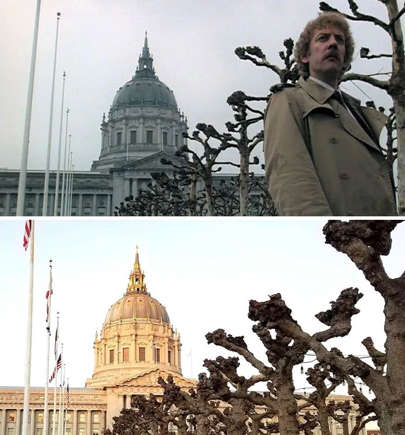
Then and now location from the 1978 film starring Donald
Sutherland.



Then and now location from the 1978 film starring Donald
Sutherland.


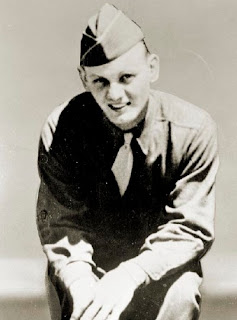

Private Eddie Slovik is the only American military serviceman
executed for desertion (during World War II) since the American
Civil War.
In August of 1944, as he and a companion were on the way to the
front lines, they became lost in the chaos of battle and stumbled
upon a Canadian unit that took them in.
When he returned to his unit in October, he signed a confession
of desertion, claiming he would run away again if forced to fight,
and submitted it to an officer of the 28th. The officer advised
Slovik to take the confession back, as the consequences were
serious. Slovik refused and was confined to the stockade.
A legal officer of the 28th offered Slovik a deal: dive into combat immediately and avoid the court-martial. Slovik refused. He was
tried on November 11 for desertion and was convicted in less
than two hours. The nine-officer court-martial panel passed a
unanimous sentence of execution, “to be shot to death with
musketry.”
Eisenhower upheld the death sentence and Slovik was shot and
killed by a 12-man firing squad in eastern France.
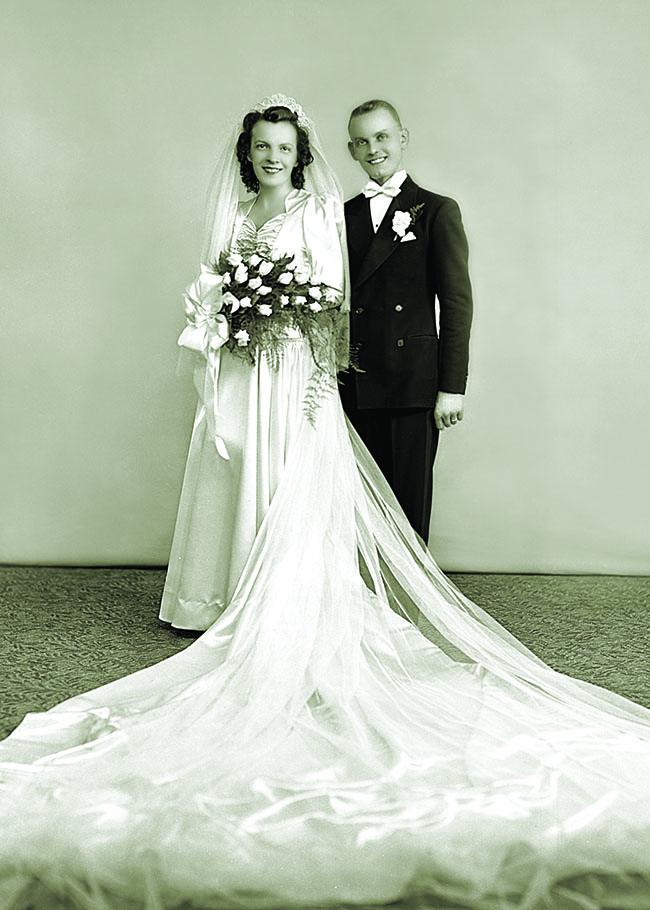
Wedding photo, 1942.

The Execution of Private Slovik is a made-
for-TV movie starring Martin Sheen, it
premiered March 13, 1974 on NBC.

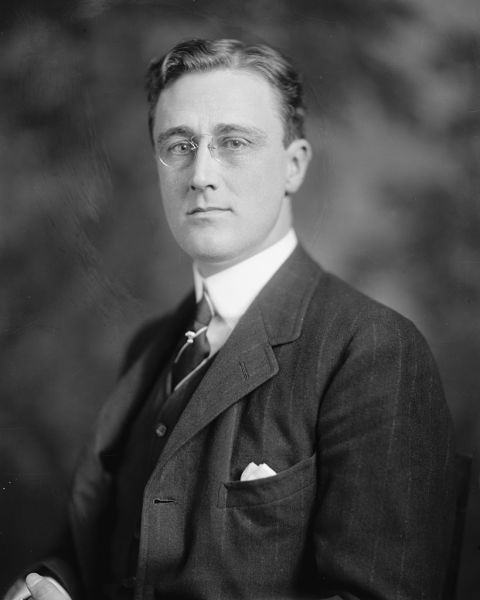
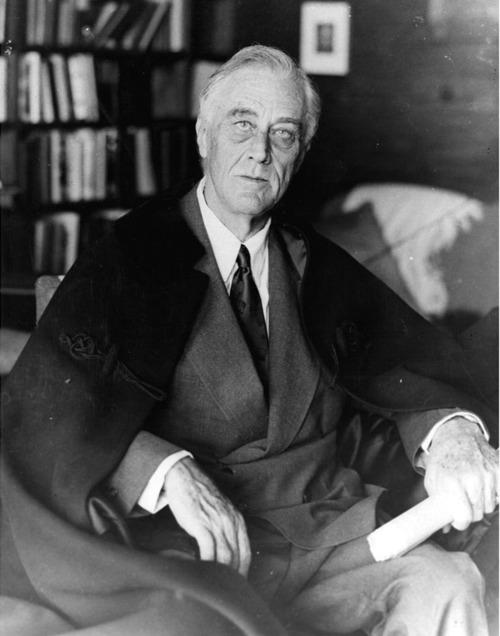
Franklin Delano Roosevelt (January 30, 1882 – April 12, 1945)
(Photo of Roosevelt taken a day before his death)
On January 30, 1882, future President Franklin Delano Roosevelt
was born.
Roosevelt grew up the only child in an upper middle-class family
in Hyde Park, New York. He graduated from Harvard in 1904 and
later received a degree from Columbia Law School. His early
involvement in politics included a seat in the New York State
Senate and the role of Woodrow Wilson’s assistant secretary
of the Navy during World War I.


Address to Congress by Franklin D. Roosevelt December
8, 1941.

“Yesterday, December 7, 1941—a date which will
live in infamy—the United States of America was
suddenly and deliberately attacked by naval and
air forces of the Empire of Japan.”

With the stirring notes of the William Tell Overture and a shout of
“Hi-yo, Silver! Away!” The Lone Ranger debuted on Detroit’s radio
station WXYZ January 30, 1933 and went on for 2,956 episodes.
The creation of station-owner George Trendle and writer Fran
Striker, the “masked rider of the plains” became one of the most
popular and enduring western heroes of the 20th century. Joined
by his trusty steed, Silver, and Native American scout, Tonto, the
Lone Ranger battled western outlaws and Native Americans.
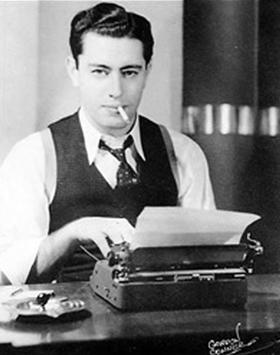
Francis Hamilton " Fran " Striker
(August 19, 1903 – September 4, 1962)




Brace Beemer[ (December 9, 1902 – March 1, 1965)
Brace Beemer became the third radio voice of the Lone
Ranger on April 18, 1941, after the death of Earle Graser
and remained so until the series’ last new episode on
September 3, 1954. During the 13 years that Beemer
played the title character, he was required by contract
to restrict his radio acting to that one role until the
program left the air.


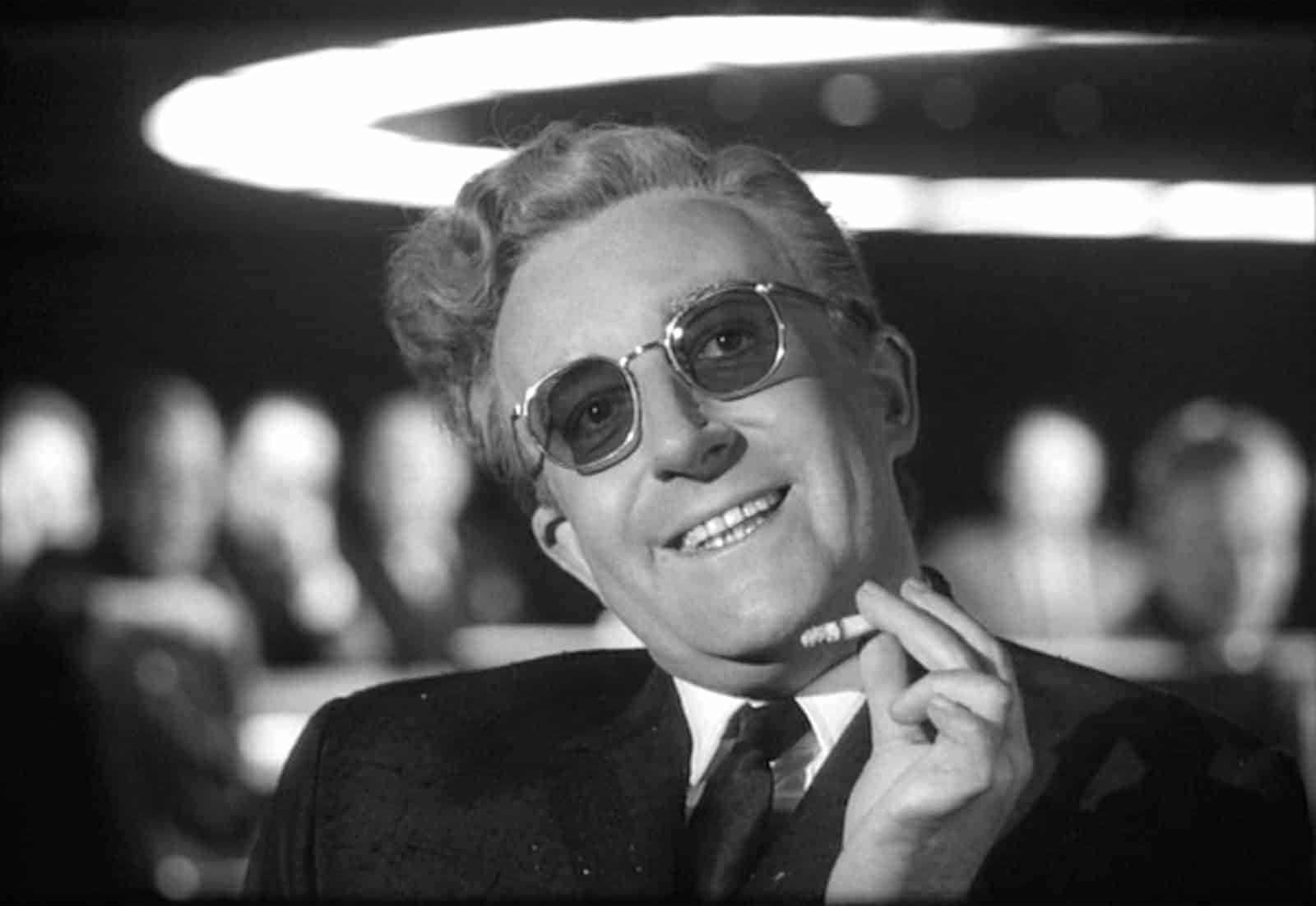
Peter Sellers
Stanley Kubrick’s black comic masterpiece, Dr. Strangelove or:
How I Learned to Stop Worrying and Love the Bomb opened in
theaters to both critical and popular acclaim. The movie’s
popularity was evidence of changing attitudes toward atomic
weapons and the concept of nuclear deterrence.
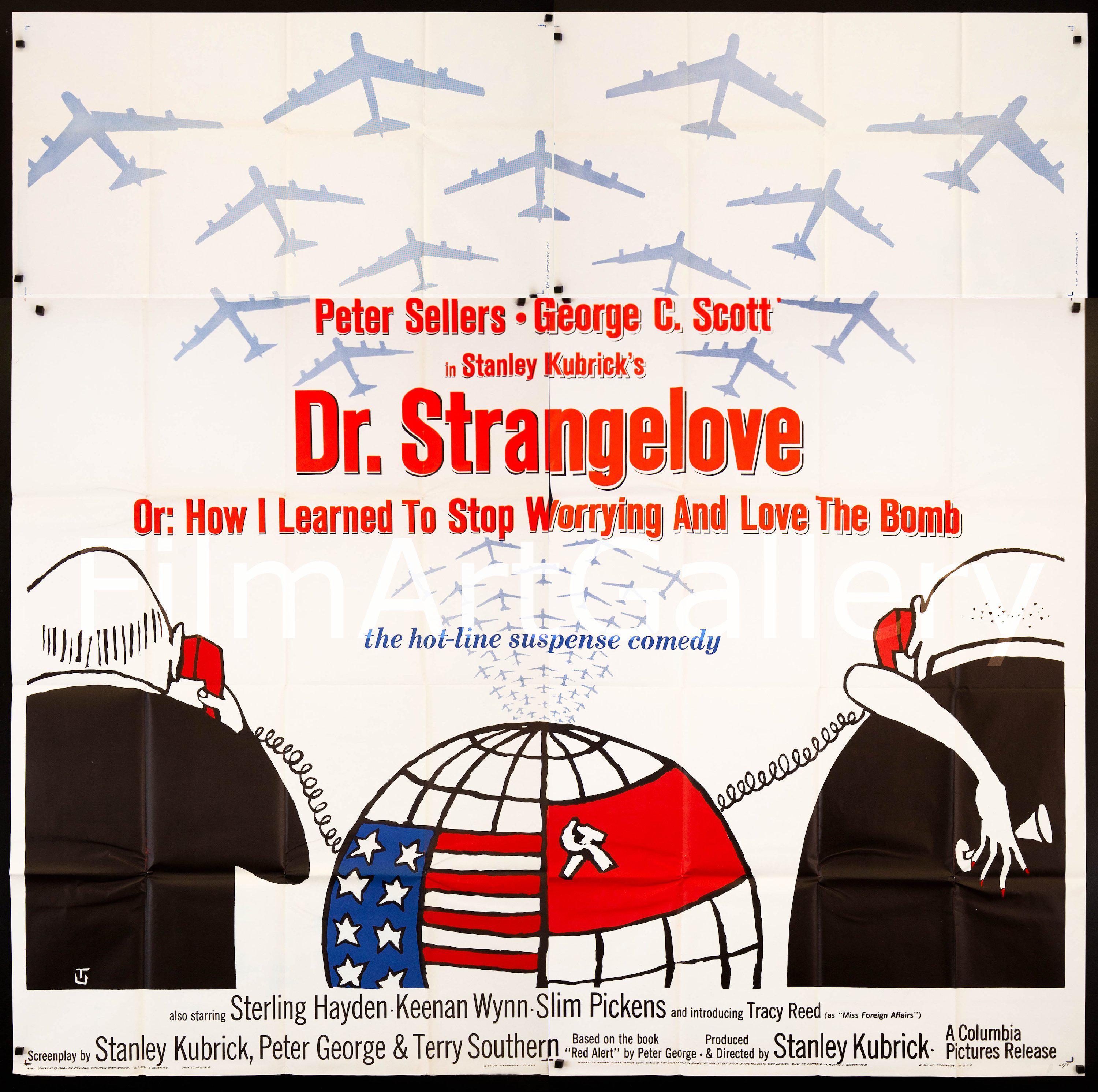

Peter Sellers
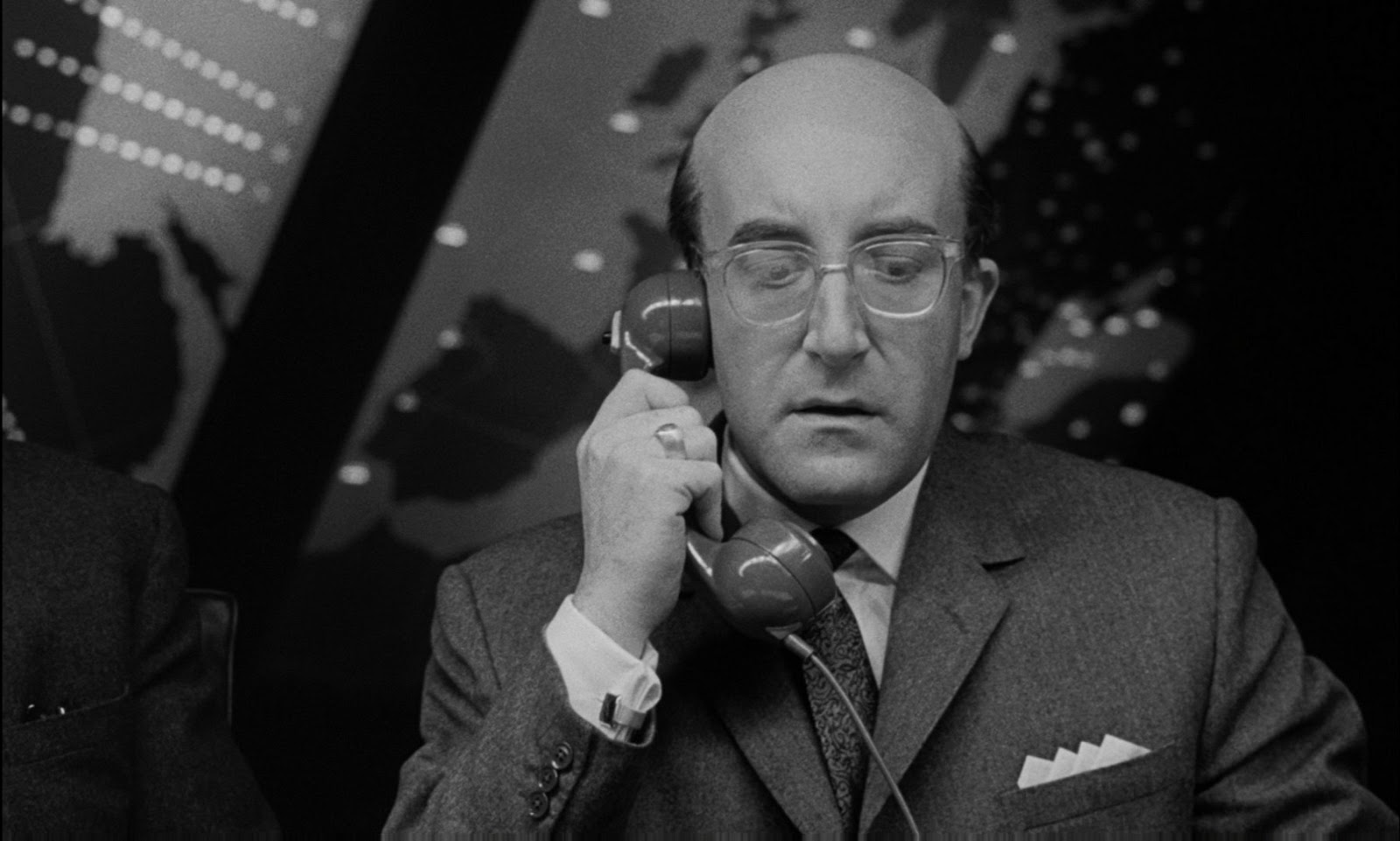
Peter Sellers

George C. Scott

Sterling Hayden

Slim Pickens
